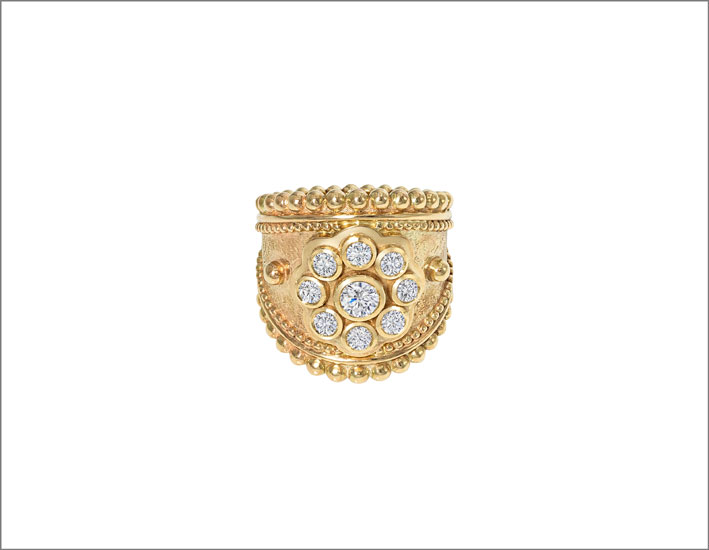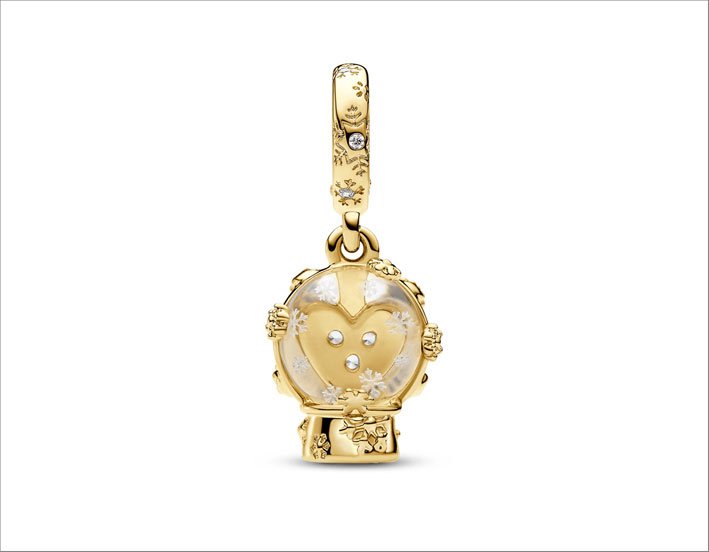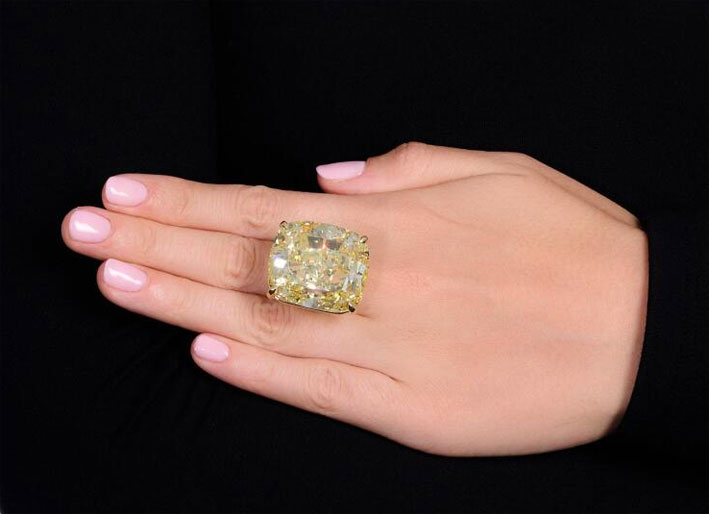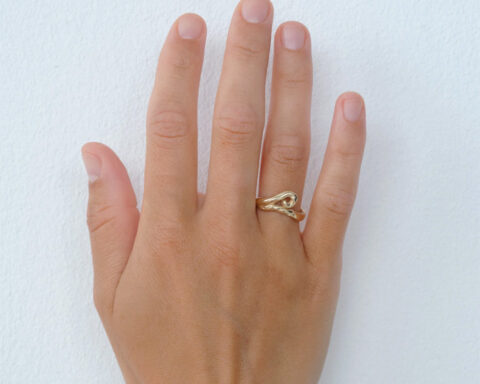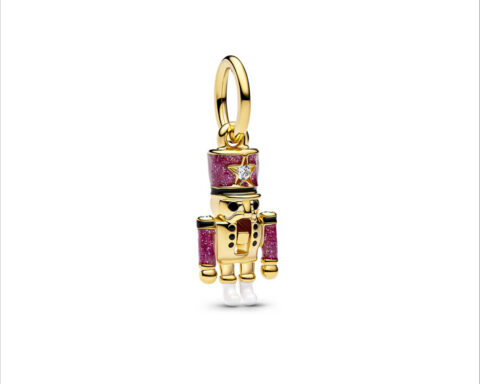Eliza Walter founded the Lylie brand. It is the first fully circular economy jewelery brand in the UK: 100% of the metal used comes from the innovative Gold Exchange system, which it organized itself. It works like this: Customers can recycle their gold and silver jewelry that they no longer use. They send them via a postal envelope, even a reusable one, to Lylie. In exchange they receive a credit of equivalent value, which is used to purchase Lylie jewelery of equal or greater value. This way you can buy a piece of jewelery and, at the same time, reduce your carbon footprint. Additionally, all diamonds and gemstones used are antique, lab-grown or recycled stones.
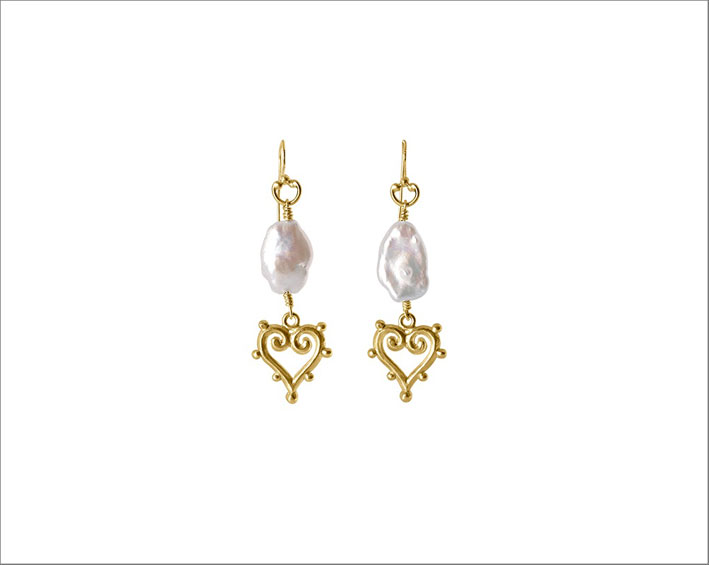
Not only. Eliza has also worked on the problem of electronic waste. The brand has launched the Closed Loop Club, an e-waste recycling initiative designed to encourage consumers to recycle their obsolete electrical appliances in exchange for Lylie credit. For her work Eliza has received a special mark of recovery from the Birmingham Assay Office.
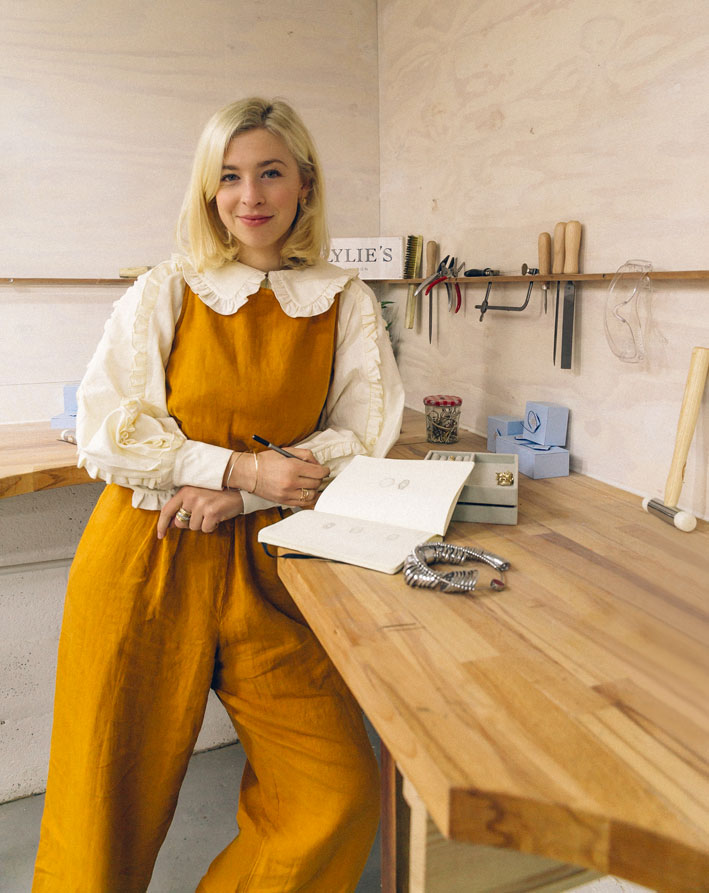
Eliza founded the jewelry brand in 2017 as a sign of respect for the environment: even the jewelry has organic shapes, like the Sea Treasures series, which Eliza designed in response to the global destruction of coral reefs, or Gathering Clouds, inspired by the sky . Prices start from £70 for simple recycled silver pendants and go up to £11,000 for bespoke ethical engagement rings. She is a staunch vegetarian and only wears vintage or second-hand clothes. Her studio, which is based in west London, has been furnished entirely with recycled furniture and wallpapers.
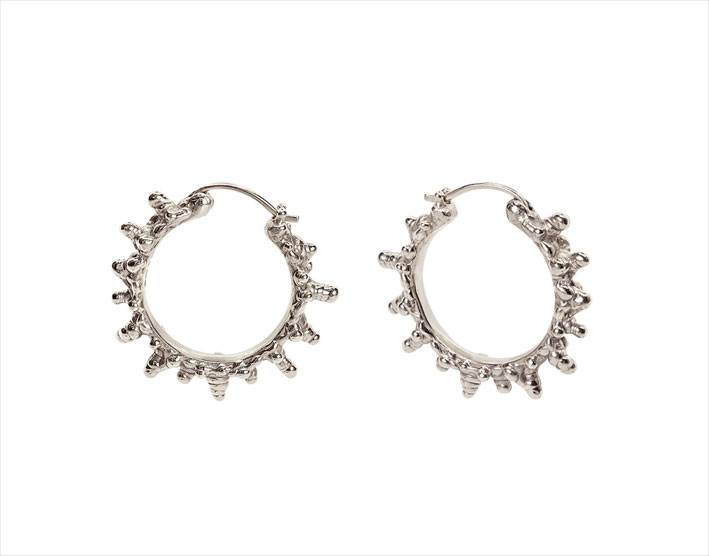
When did you start working with jewelry?
I made my first cast piece of silver jewellery when I was 15 and completing my GCSEs – as a business, we still work closely with the same casting house. In 2015 when I graduated from University, I moved to London and did my goldsmiths training in Britain’s historic jewellery quarter, Hatton Garden, whilst working two side jobs. I went on to launch LYLIE Jewellery in October 2017, whilst working full time in the Post War & Contemporary Art-world, where I worked for 4 years whilst building the side hustle into a business.
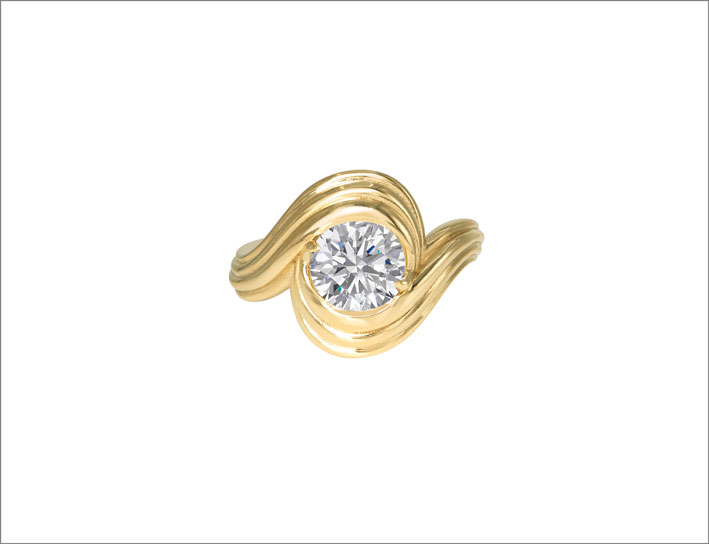
How did you learn the goldsmith technique?
I honed my understanding through the year I spent training at the bench in Hatton Garden, and then through osmosis doing a design internship at a Bond Street jewellers. It’s a constant learning curve, each collection we launch or occasional bespoke project we are lucky enough to be asked to work on requires some new area of understanding and I relish it.
How would you define your style?
Classical in style with a sustainable mindset. Aesthetically when designing I am inspired by the cycle of rebirth. Look out for circular ball details in our designs, which recall life-giving rejuvenation and is our hidden signature.
What kind of women wear your jewelry?
Whats amazing about our jewellery is how cross generational it seems to be. For example, our Ayida Coral Hoops are worn by three women of different generations from the same family. Similarly, in my own family the Ocean Pinkie Wave Ring is a hit, my late Grandmother wore it, my mother wears it and my sister-in-law and I do too. We have 3 main groups of women who we appeal too, women in their early 20s, beginning to exchange/invest in jewellery (typically these are the gold dipped silver pieces). Women in their late 20/30s getting engaged who come to us for their ethical engagement rings, wedding bands and wedding jewels. And finally, women in the 50s/60s who are remodelling the jewellery they have to suit the ways their style, and often hands, have changed over time. We value each one of our customers and are extremely proud of ur 5.0* rating across Reviews.io and Google.
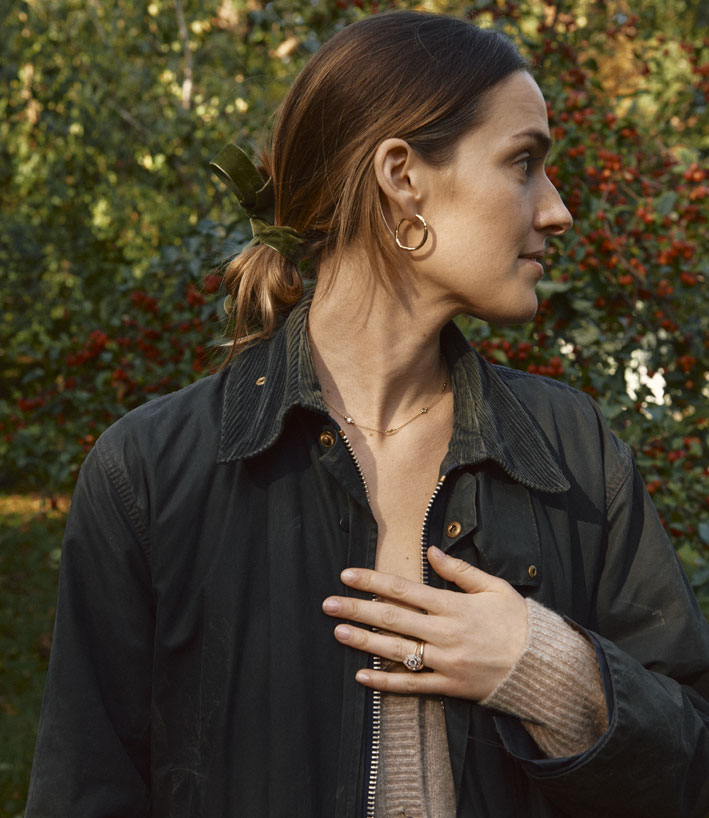
Is environmentally sustainable jewelry really important?
To us, its critical. As is often wrongly assumed, a conflict free diamond does not equate to a diamond free from human rights abuses and environmental harm. We wholeheartedly believe that the beauty of a stone cannot be divorced from the source. There is no beauty in cruelty. To avoid any doubt over sourcing, we exclusively use lab-grown and recycled-antique diamonds. Similarly, we introduced our Gold Exchange recycling initiative over lockdown, to encourage customers to reconsider what they have and recycle what they don’t use, and its proven incredibly popular and now is the source of all our gold for the collection designs. We are so proud of the sustainable credentials our jewellery has.
Is circular jewelry really possible?
Yes, absolutely. Its a lot more involved, often needing lateral creative thinking, but its absolutely possible.
Are those who buy jewelry aware of your choice?
We never give consumers enough credit for the purchasing power they have. Our customers typically have educated themselves on the choices they are making and opt to go with us because of this. It’s been amazing to see the growing appetite for lab grown diamonds, for example, since I made my first lab-grown diamond engagement ring for a forward-thinking customer in 2018. Now millennial and Gen-Zs take the attitude, I can have something that is optically and visually the same, better value, and has clarity over its sourcing – why on earth wouldn’t I!
